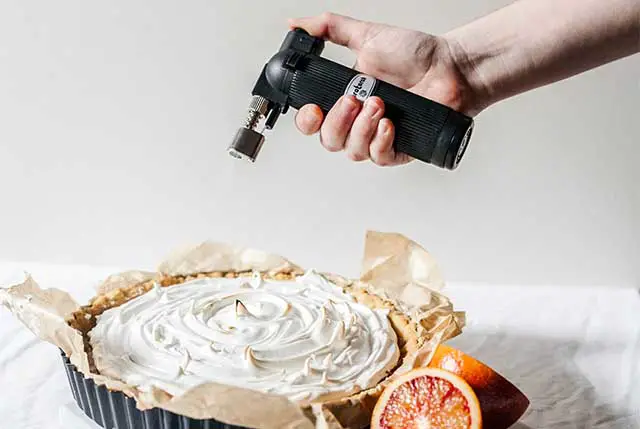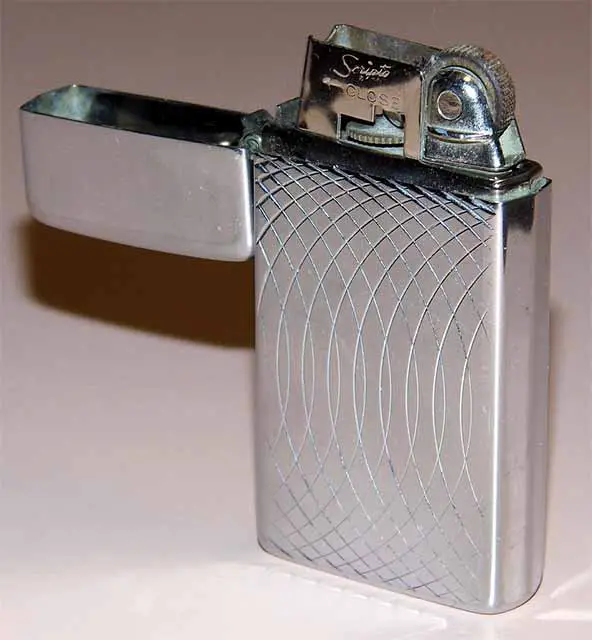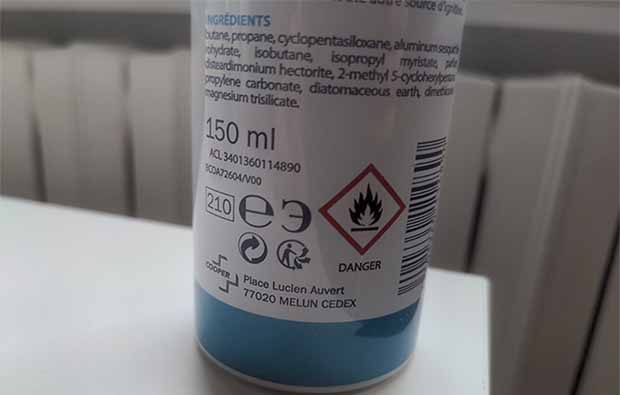Butane Torch Not Working After Refill Have ever you thought about why your butane torch is not working after refilling? If so, then this article is for you!
Often, a butane torch lighter stops igniting due to faulty filling or broken parts. In most cases, impured fuel and air trapped inside the torch are responsible for butane torch malfunction. But these issues are solvable.
In this article, you will learn what causes a butane lighter to malfunction after refilling. Also, you will get a full guide on butane lighter refilling. So, keep reading till the end.

Why is my torch lighter not working after refilling?
If your butane torch is not working after refill, reasons can be that you made mistakes while or after refilling it, or the torch is faulty. Here is a list of reasons why your torch lighter is behaving strangely.

- You pumped less fuel than the torch lighter requires.
- You injected low-quality or low-pressure fuel into the torch lighter.
- If the flame dial is still adjusted to the lowest setting after refilling the lighter.
- While injecting fuel into the torch, it maybe that too much air has got trapped inside the fuel container of the torch.
- You didn’t bleed the lighter properly before refueling it.
- If you have not warmed up the fuel or let it adjust to room temperature after pumping it into the torch.
- If the jets and flints (of soft-flame butane lighters) are broken, clogged, or corroded.
- If the torch lighter keeps leaking fuel.
How do you refill a torch with butane?
Before refilling a torch with butane, you have to evacuate the existing butane. And use the right butane fuel in the correct way to refill the torch. Here is a step-by-step guide of butane torch refilling.
Things required
- A running butane torch
- A canister of a good quality butane (with metal fill tip nozzle)
- A flat-blade screwdriver
- A table or desk (this is optional. You can work on a concrete floor too).
- Newspaper or cloth.
Additional requirements
- Safety equipment (gloves, goggles, mask).
- If you can’t afford safety equipment, hold the lighter and the canister away from your face.
Step 1 – Cool down the torch
First of all, cool down the torch at room temperature for at least 30 minutes or in the refrigerator for 5 minutes. If you immediately refill it just after the previous use, it will catch fire.
Step 2 – Prepare the workspace
Choose an open and well-ventilated place for evacuating and refilling a butane torch. And the working surface must be clean, dry, stable, and sturdy. Butane sprays everywhere when filling torch, so cover the surface with some newspaper or clothes before the task.
Step 3 – Turn the flame dial
Find out the flame-adjusting dial in the torch. Now take a small flat-blade screwdriver and turn the dial to the minimum setting in a clockwise motion. If the torch has a special key or wheel to adjust the dial, don’t use a screwdriver.
Step 4 – Purge the remaining gas
Push down the refilling valve with the screwdriver to let out the remaining butane fuel of the torch. When the hissing sound will stop, leave the valve. Wait for 5 minutes after bleeding the torch.
Step 5 – Prepare the butane canister
Take the canister of the butane gas and shake it well, at least 5-6 times. Because inside the canister, there is the butane and a propellant. Shaking will help the heavier butane at the bottom to come upward.
Step 6 – Hold the torch correctly
Now it’s time to inject the butane. Hold the torch upside down. Doing this will prevent the air from getting into the torch.
Step 7 – Connect the stem and the valve
Hold the canister upside down and press the stem of the canister tightly over the valve of the torch. Most importantly, while doing this, both the torch and the canister must be straight, not angled. Otherwise, air will get into the torch.
Step 8 – Refill the torch
Pump the canister a few times to refill the torch. Generally, it takes two or three 3-second bursts to fill the required butane into the torch. Make sure not to overfill the torch.
Step 9 – Readjust the flame dial
After spraying the fuel, remove the canister and turn the flame adjusting dial to the medium setting.
Step 10 – Let the butane to adjust
Refueling is done. Now wait for some time so that the refilled butane can adjust with the room temperature. Also, if there is any spilled butane outside the torch, it will be able to evaporate. For a better ignition, you can hold the torch in your palm for a few minutes to warm it up.
Step 11 – Taste the torch
Turn on the torch. You need to turn on and off the torch a few times to get a smooth flaming. You can turn the flame adjuster to your preferred setting.
Why isn’t my torch filling up with butane?

Because you might have used a low-quality butane gas to fill your torch. Or, maybe your torch is clogged.
Butane lighters require an ultra-refined butane to perform. The more refined the gas is, the more smoothly it will get into the fuel container of the torch and cause no clogging.
You are trying to refuel your torch with a premium butane (which has a metal fill nozzle) but your torch is not responding? Then try to remember which butane you were using in your torch in the past.
If the torch jet shows clogging or corrosion, it proves that you might have used a non-premium butane to fuel it before. Non-premium butane comes with a plastic fill tip nozzle. It does not provide the same level of pressure as the premium butane with a metal fill tip nozzle. As a result, the torch performs inconsistently and experiences issues.
Another reason can be that you are using a N-butane to fuel your torch. N-butane is an iso-butane with lower vapor pressure. Since the butane torch requires higher vapor pressure, n-butane won’t flow into the torch easily.
Sometimes, air can cause the faulty filling of the torch. While injecting butane, if you angle the lighter or the canister, air will get into the lighter and occupy the blank space.
FAQ
What temperature does a lighter burn at?
Generally, a lighter burns at 3578 degrees Fahrenheit. It can burn at up to 4074 degrees Fahrenheit without losing any heat.
What is the hottest part of a Bic lighter flame?
The inner, blue-colored part is the hottest part of a Bic lighter flame. It has a temperature of 1700 degrees Celsius/3092 degrees Fahrenheit.
How hot does a lighter burn Fahrenheit?
It differs according to the types of lighter. Cigarette lighters burn at 750°F – 3620°F. Naphthalene lighters can burn at up to 4591°F.
What is the best butane fuel?
Xikar Purofine Butane is considered the best butane fuel. On the one hand, it is ultra-refined and odorless. On the other hand, it is usable in a wide range of branded lighters.
Verdict
Next time if your butane torch is not working after refilling, you should check where the problem lies and solve it accordingly. If you cannot fix the butane torch by solving all possible issues, send the torch for repair or buy a new one.
Also, read – How To Fix Butane Torch That Won’t Stay Lit?
